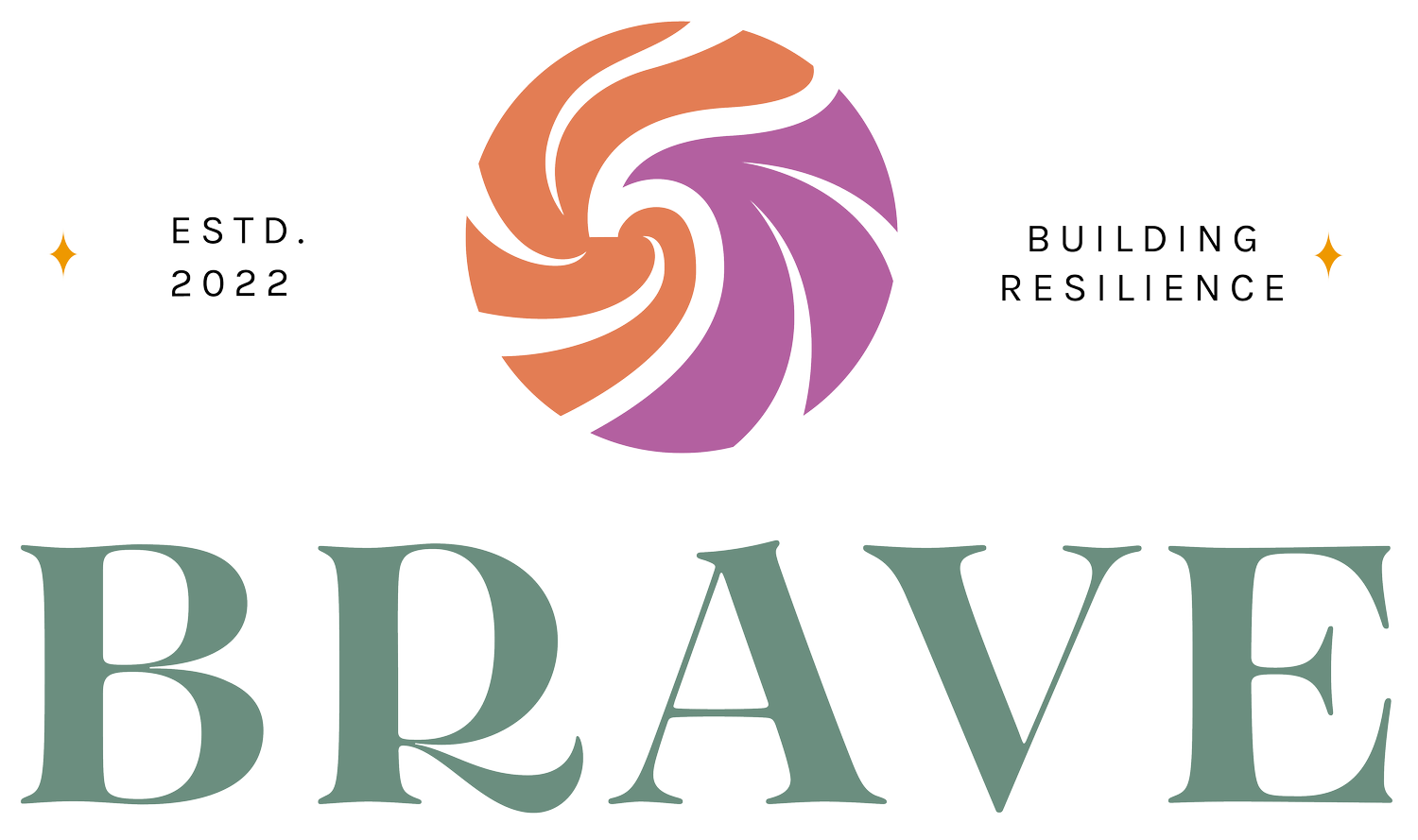Being Human in Therapy: The Power of Authenticity in Trauma Work
Why the Blank Slate Model is Outdated and Harmful
The blank slate model hinges on the idea that therapists should remove themselves from the therapeutic process—no self-disclosure, minimal emotional expression, and a posture of neutrality.
But here’s the problem: Trauma work isn’t just about theory and techniques. It’s about safety. And for safety to take root, clients need to feel connected to us as human beings.
Research on neuroception—the subconscious process by which our nervous systems detect cues of safety or danger—shows that clients pick up on our body language, tone, and emotional presence. If we’re stiff, overly controlled, or distant, clients’ nervous systems may interpret that as danger.
Even if we’re saying all the “right” things, our clients are neurocepting the lack of connection. And that’s where the healing process can stall.
Studies also show that therapists with their own histories of trauma can experience higher levels of vicarious resilience—the ability to grow and find meaning through witnessing the healing of others. But this only happens when we allow ourselves to be human in session.
My Journey from Blank Slate to Authentic Therapist
Reflecting on my early years as a trauma therapist, those first practicum sessions are still crystal clear in my mind. I was determined to “do it right”—to be the perfect, neutral therapist that grad school was drilling into me.
I’d sit stiffly in my chair, as if my back were glued to it! I nodded politely but was working so hard to hold back every natural impulse to lean in, soften, or express emotion.
I thought I was protecting my clients and staying professional.
In reality? I was armoring up—and it left me feeling more like an imposter and less like myself.
It wasn’t until years later (yes, it takes awhile to find your own humanity in your therapist self), during a session with a deeply grieving client, that I allowed a simple, unguarded moment to unfold. I let out a quiet, genuine “I feel so sad hearing that happened to you.”
The shift in the room was palpable. That moment of shared humanity became the foundation of trust in our work together. My humanity wasn’t a distraction. It was and is a tool.
Navigating the Ethics of Authenticity
I know what you’re thinking—“If I bring my real self into the room, am I crossing an ethical line?”
This fear is so common, and I’ve felt it too. It’s ingrained in us from the start of our training.
But here’s the thing: Ethical codes exist to protect our clients and create safety, not to erase our humanity.
The key is to ask yourself:
Does this serve my client’s healing and safety?
Am I sharing to build trust or to meet my own emotional needs?
Bringing your humanity into the therapy room doesn’t mean spilling your life story or making sessions about you. It’s about showing up with presence, attunement, and transparency.
Simple things—like mirroring a client’s tone, acknowledging when their story moves you, or offering small reflections like “I can see how hard this is for you”—express your humanity and build safety without breaching professional boundaries.
When I Had to Walk My Talk
Reflecting on my own journey, I've had my fair share of tough days, weeks, months...?
I mean, geez, even just last week, I had to cram in more clients on one day to make up for winter break than I know is healthy for me.
Then you throw in the unexpected needs of a supervisee and a client crisis, and I was FRIED.
I sat in my office at the end of the day, knowing I had to transition to my family, and struggling to even get up from my desk.
I had to make a choice though—was I going to walk my walk, or keep pushing my needs aside, hoping burnout wouldn’t catch me off guard?
I chose to take a small step towards my own needs first. Instead of going straight into the house, I grabbed the dog leash and took my dog for a walk.
By the time we made it back around the block, I could be at least a little more present when my daughter ran to greet me.
Self-care isn't selfish or secondary—it's essential.
Practical Reflections for Your Practice
Here are a few small, actionable ways to start embracing authenticity in your sessions:
Micro-Moments of Mindfulness: Two minutes of deep breathing between sessions. Ground yourself before walking into the next room.
Peer Support: Check in with a colleague—not just when you’re struggling, but as a regular practice.
Get Back to Basics: Do something you know helps you feel grounded. Walk, stretch, journal—stick with what works.
A Community for Real Humans
If there’s one thing I hope you take away from this, it’s that being an authentic therapist isn’t about perfection. It’s about presence.
And if you’re craving a space to explore these ideas further, The BRAVE Trauma Therapist Collective was created for exactly this reason.
So tell me—what’s one small way you can bring more of your authentic self into sessions this week?







